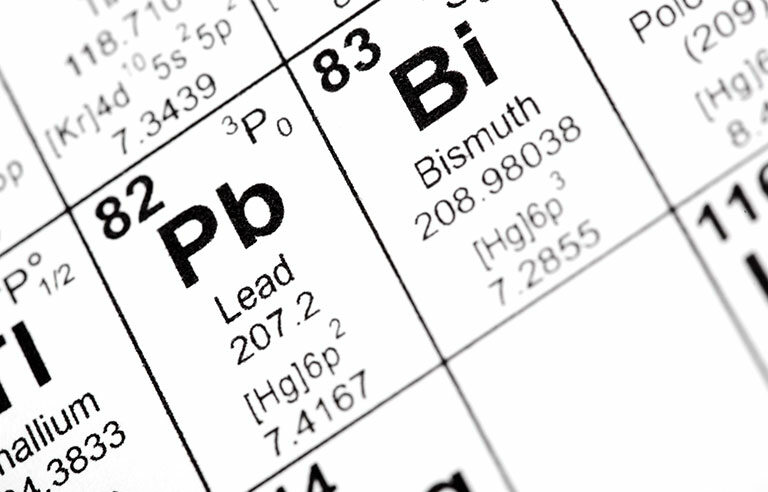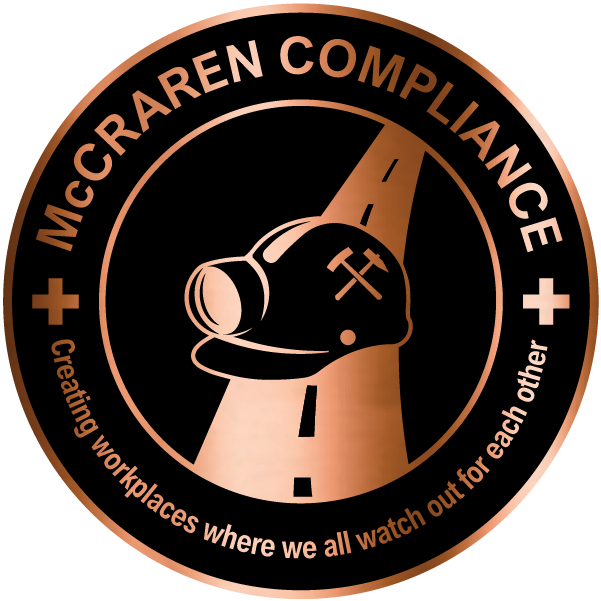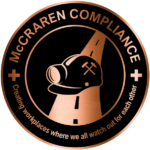
Oakland, CA — The California Division of Occupational Safety and Health has clarified its guidance on preventing lead exposure among workers who perform dry abrasive blasting.
Under Cal/OSHA’s amended lead standards for the construction industry, which went into effect Jan. 1, employers must conduct exposure assessments for workers who may be exposed to lead on a jobsite, to determine their employees’ actual exposure.
Until the assessment occurs, the maximum time a worker can perform dry abrasive blasting is five hours a day. After Jan. 1, 2030, the maximum time will be limited to two hours a day.
Once the employer completes the assessment, there’s no limit on the maximum amount of time workers can conduct abrasive blasting. However, employers must ensure exposures are below permissible limits, taking into consideration the protection provided by respirators used by their workers.
Until Jan. 1, 2030, the permissible lead exposure limit for abrasive blasting is 25 micrograms per cubic meter of air. After that date, the limit will drop to 10 micrograms.
The guidance offers this example: “If employees are correctly using respirators with a protection factor of 1,000 at all times, air concentrations of lead up to 25,000 micrograms per cubic meter are permitted for abrasive blasting until Jan. 1, 2030. A protection factor of 1,000 would reduce air concentrations of lead at 25,000 micrograms per cubic meter to a concentration of 25 micrograms per cubic meter inside the respirator.
“Starting Jan. 1, 2030, the maximum air concentration allowed for abrasive blasting will be 10,000 micrograms per cubic meter for employees correctly using a respirator with a protection factor of 1,000 at all times.”
McCraren Compliance offers many opportunities in safety training to help circumvent accidents. Please take a moment to visit our calendar of classes to see what we can do to help your safety measures from training to consulting.
Original article published by Safety+Health an NSC publication


